Time And Space: The Beauties Of Reading A Star Wars Novel
On paper, a Star Wars story about a career politician doesn't seem like a very good idea right? Well, actually, it is in fact on paper, where it works.
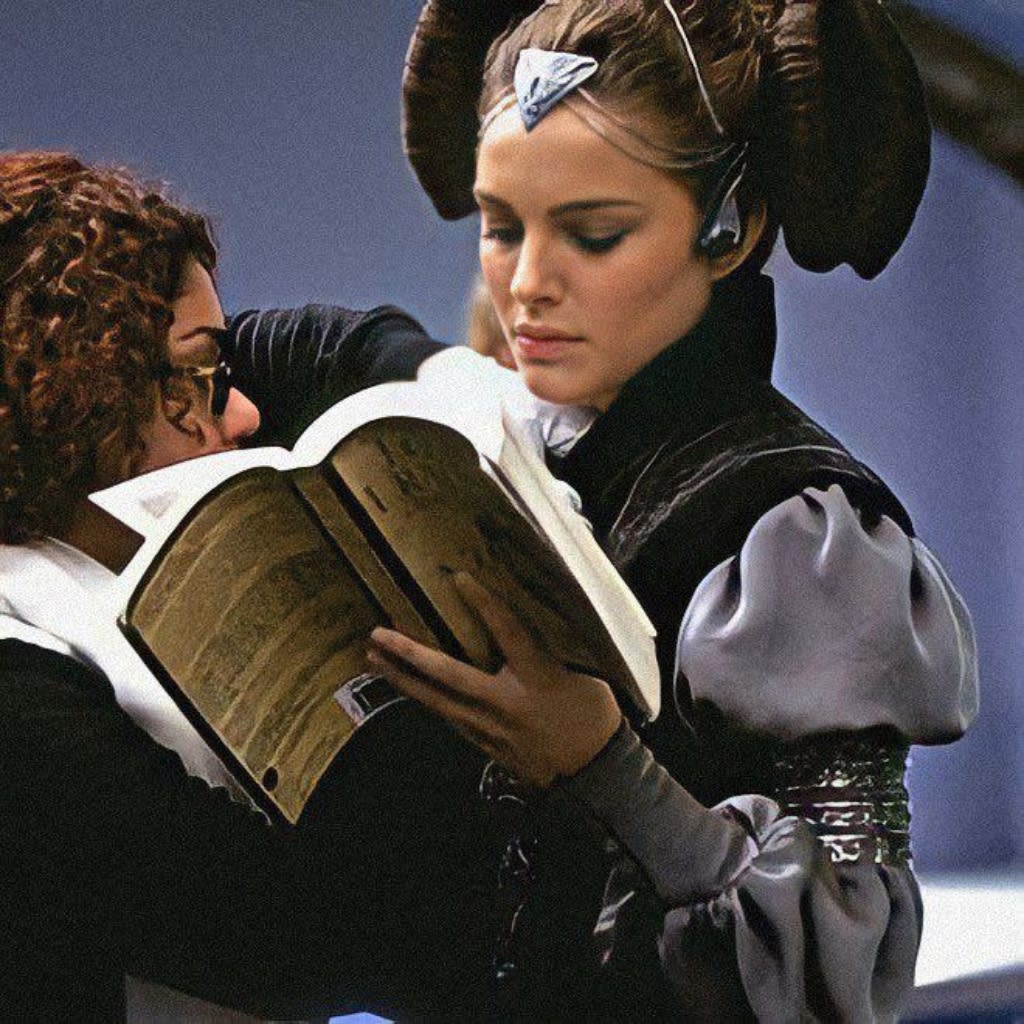
It's not exactly an outrageous of a claim to make that books are always going to be a bit of an afterthought in the Star Wars franchise. Granted, that there have been some great ones and, at this point, it is also clear that this universe is open for all kinds of stories (as long as they are helmed by people who get it). However, at it's core, it's still a franchise that started out as a passion project for one of the greatest visual storytellers of our time. One that has been praised for its sights and sounds at least as much as it has for its mythos and story. I mean, it's a grand space opera, that was literally born to mantra "Faster, more intese."
Now, that is a DNA which doesn't exactly seem like something a book would thrive with. Yet, in recent years, I have found myself having some of my most memorable Star Wars experiences, while sitting in a quiet corner somewhere and slowly turning another page. And well, in no time was this more apparent to me than reading a Star Wars story that, ironically enough, actually could have only worked as a book — Queen's Shadow by E.K. Johnson. So, I figured, I'd take a bit of time and use it as a framework to explore this special space the books have in the galaxy far away.
1. Time and Space for Fascinating Supporting Character(s)
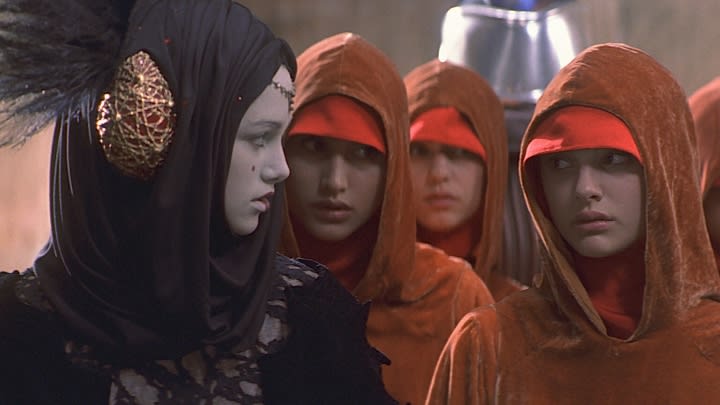
There are many characters in the Star Wars universe, who seem like fascinating ones to explore, but don't really lend themselves for a classic adventure story format. And well, to me, Padme — the central character in Queen's Shadow — was always near the top of that list.
She's the pragmatic idealist of the Star Wars universe. A true beliver in the republic, but also one of the very few open-minded enough to acknowledge it's shortcomings and see things from the opposing side's perspective. A pacisfitst from a peace loving world, yet not above engaging in some aggressive negotiations. In other words, there's a lot to explore here, as her character serves as an interesting middle point of many clashing philiosophies Star Wars often plays with.
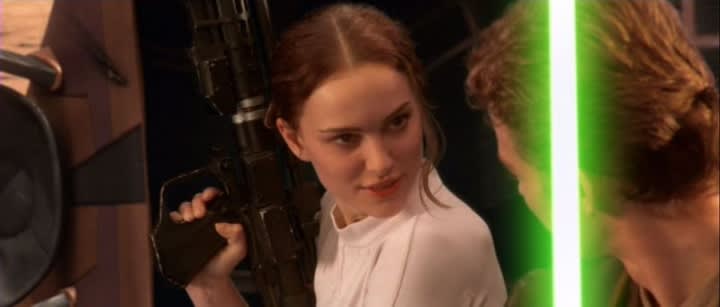
Adding to that, much like Anakin or Ahsoka for example, she has a similar character journey of being thrown into an extremely important position before she's had the chance to become her own person. It's just that, in Padme's case, this position is not a warrior, but a politician. And there's the problem: How to tell a Star Wars story of a career politician tinkering and pondering away in the grey halls of Courscant? How to center your story around a character, who is more of a thinker than a warrior in a franchise called Star Wars?
This, however, is where the book's strenght as a storytelling medium comes into play. On the pages of Queens's Shadow, we can actually take time to get into Padme's head. And what we get is essentially like an interesting excercise in looking at the Star Wars universe through the perspective of an empath and humanitarian.
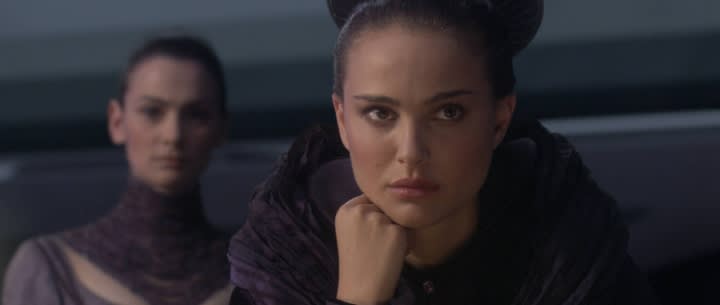
What was supposed to happen to the clones after the war? Why is the senate shutting it's eye on slavery and corruption? How to notice the warning signs of a peace turning into a conflict, democracy into a dictatorship? All told through this coming of age story about the gradual realization, that in order to stand up for one's ideals in an imperfect world, you have to embrace it's gray areas (while also being clever enough to take a few roundabouts every now and then). No blaster is shot or lightsaber ignited. Yet, you are definitely in the Star Wars universe. A character like Padme just lets you explore it in a different way. Speaking of different points of views.
2. Time and Space for a Different View
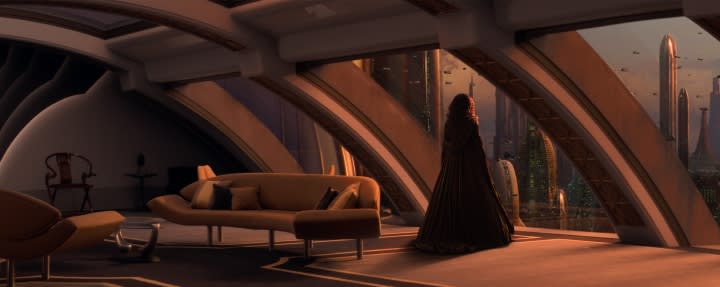
Doesn't matter if its Padme, supporting characters or even the snippets from the Coruscant local media outlets, the book's advantage as a medium also come into fore by letting us experience this galaxy from a more common folk persepctive so to say. Whether it's seeing major players like good ol' Sheev or the Jedi from a refreshingly simpler perspctive, it does wonders to one's immersion into this world.
Take the organized crime underbelly of Tatooine for example. Exploring its inner workings would be tricky as a part of a bigger film, where it would just slow the main story down. In a book form, however, it's fascinating to see Padme's confidants Sabe (a.k.a. Keira Knightley from Episode I) and Tonra trying in vain to navigate this tricky criminal ecosystem. One the Republic would rather turn a blind eye on.
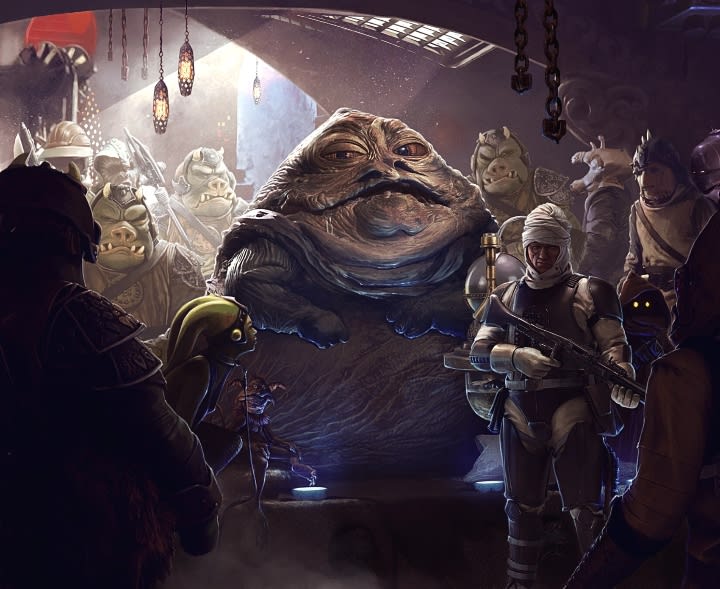
Speaking of Republic, same goes for the much debated Galactic Senate — an utterly fascinating concpet to explore on paper, but much more difficult to put into film (Andor and The Clone Wars have shown that TV format is another story). However, here you can really delve into stuff like the subtle beginnings of the Separatists movement and indirectly even the Rebellion. Or, simply explore the cool nitty gritty of how a galactic senate would function in the autohor's view. Exactly the kind of stuff one enjoys, when reading a book, but what would probably end on the cutting room floor of a movie.
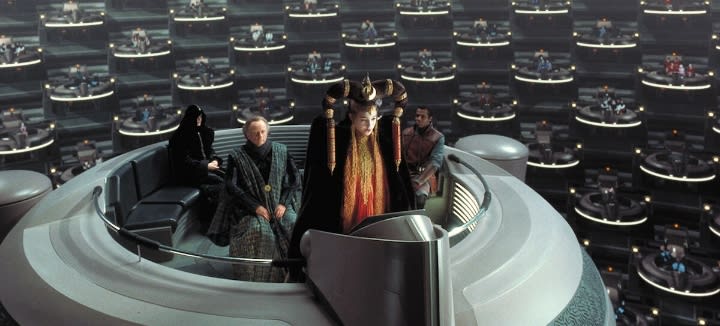
In fact, the book is full of stuff that isn't exatly need-to-know, but great in terms of immersion. From getting a behind the scenes look into Padme's complex entourage system, to covering how her formal dress functions as it's own defense mehcansim. It's unironically fun to read for anyone, who loves exploring their favourite fictional universe more in depth.
I mean, we even get a clever in-universe explanation on why the queen and her decoy spoke in such a monotone voice in The Phantom Meanace. It turns out, that it was a specially developed style of speaking, which both of them could mimic and not because Lucase's visionary brilliance as a director often didn't translate to the verbal side of The Force. Speaking of boosting The Phantom Menace, it was also nice to read of Padme warmly reminiscing about Qui-Gon and how he was the only one wise to her whole decoy thing from the start.
3. Time and Space to Just Be

So, as it stands, there's quite a bit that a book like Queen's Shadow can do in adding a unique value to the Star Wars universe. However, oddly enough, perhaps it's greatest value becomes apparent in the moments, when it's seemingly not doing anything at all. Case in point, lets take a look at a sequence, where Padme visits her parents in her childhood home on Naboo for some tea. Exciting stuff, I know.
Now, when looking at it strictly from the plot point of view, there's obviously not much there. It offers Padme a chance to reflect on her first stint as a senator and gives us a little break from Coruscant. But that's about it. In a visual medium, that kind of a sequence would have either been extremely short, or cut out completely. However, in a novel, the writer has a chance to really linger on it. This little visit to the Nabierre family household genuinely feels like a casual social interaction between friends and family we've all had.

And, well, there's something quite special in having this stupefyingly huge fantasy world with larger than life conflicts, but just hang out in this little house on Naboo. In other words, it's a representation of one of the nicest paradoxes in fanatasy literature: it's often through a playfully causal description of some mundane details and situations, where we feel the most immersed into this fantasy universe.
It's about Padme's dad showing his mad greenhouse building skills to Corde. About R2 playing with one of Padme's young nieces until being given a bit of slack for using its electricity function too much. In other words, it's about taking a second, which is usually hard to spare in the galaxy far away.
To Sum Up
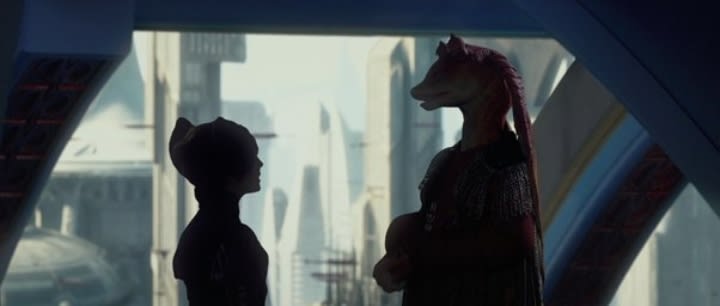
I'm in no way suggesting that visual Star Wars media cant thrive on quieter and more detail oriented moments (Andor being a prime example). Nor am I suggesting that a Star Wars novel can't have thrilling action, epic moments and fast pace (Lords of the Sith being a good example). It's just that, what reading this book made me realize, is that it's not unfortunate that these great Star Wars novels are always destined to be in the shadow of TV shows, movies and video games. Because it's often in the shadows, where we can pick our own time and space to explore what we love. The magic of reading remains as intimate as ever in the galaxy far away. Well beyond the opening crawl.
About the Creator
Art-Peeter Roosve
So, to put it simply (and slightly cheesily) I'm fascinated with life. And, well, writing about films, TV shows, video games, music, travelling, philosophy and Formula 1 among other is a fun way to explore it.


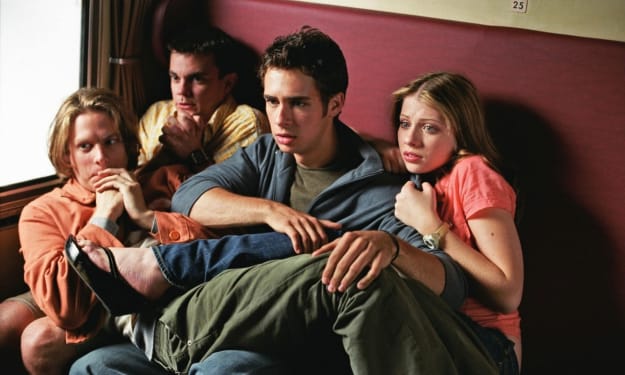



Comments (1)
enjoyed it bro but got lil confused